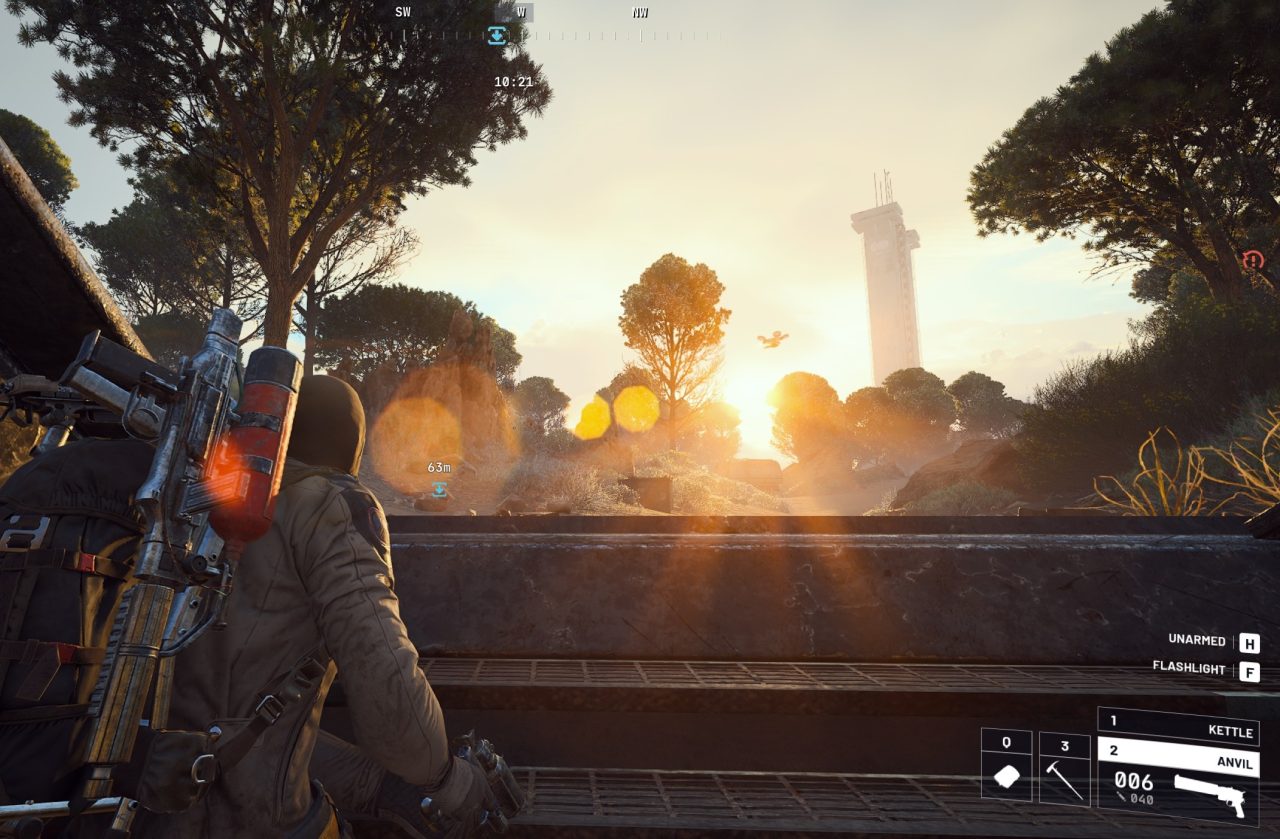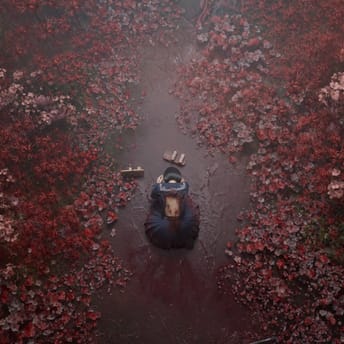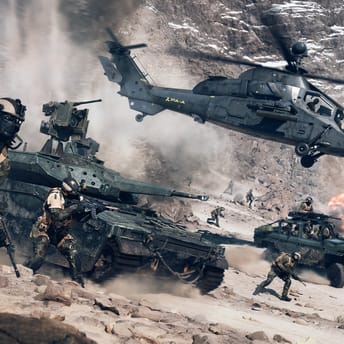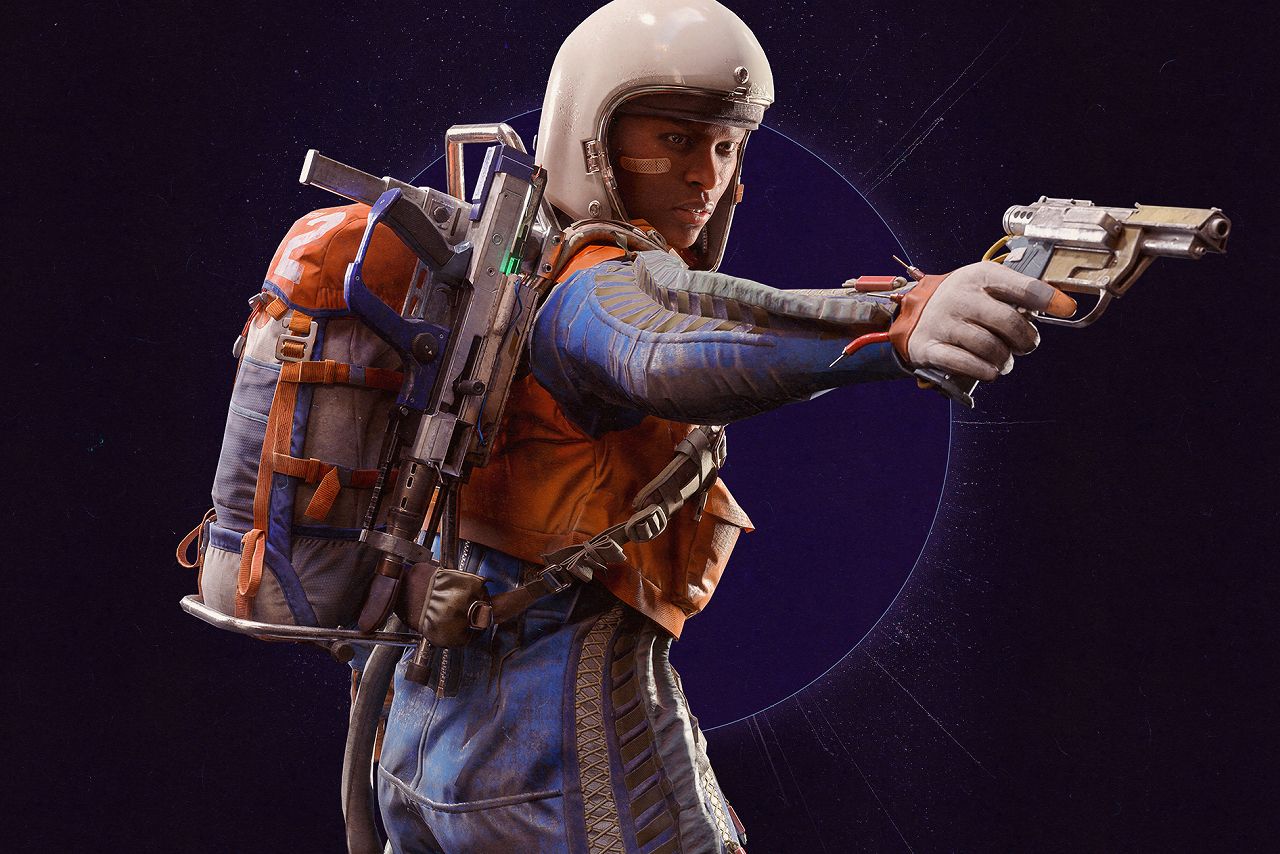
ARC Raiders PC system requirements and best settings guide
Arc Raiders on PC runs surprisingly well, which is unusual for a modern extraction shooter or a game on Unreal Engine 5, and the game requires accessible hardware. This guide covers the official Arc Raiders system requirements, including the minimum and recommended specs, explains what they imply for real performance, and prives best Arc Raiders settings at the end.
If you want a stable 60 FPS or a competitive high-FPS setup, start with our “Best Arc Raiders Settings for FPS and image clarity” block.
Arc Raiders is a third-person PvPvE extraction shooter from Embark Studios (creators of The Finals), released on October 30, 2025, for PC (Steam/Epic), PlayStation 5, and Xbox Series X|S. Squads raid hostile zones to fight ARC robots and extract loot, with optional progression resets via the Expedition Project.
You will find the minimum requirements for Arc Raiders on PC and the recommended requirements. Below, we translate those specs into practical targets and the best settings for Arc Raiders on PC. You will get clear presets for 1080p and 1440p, advice on when to use DLSS, FSR, XeSS, or TSR, and which UE5 options move the FPS counter most.
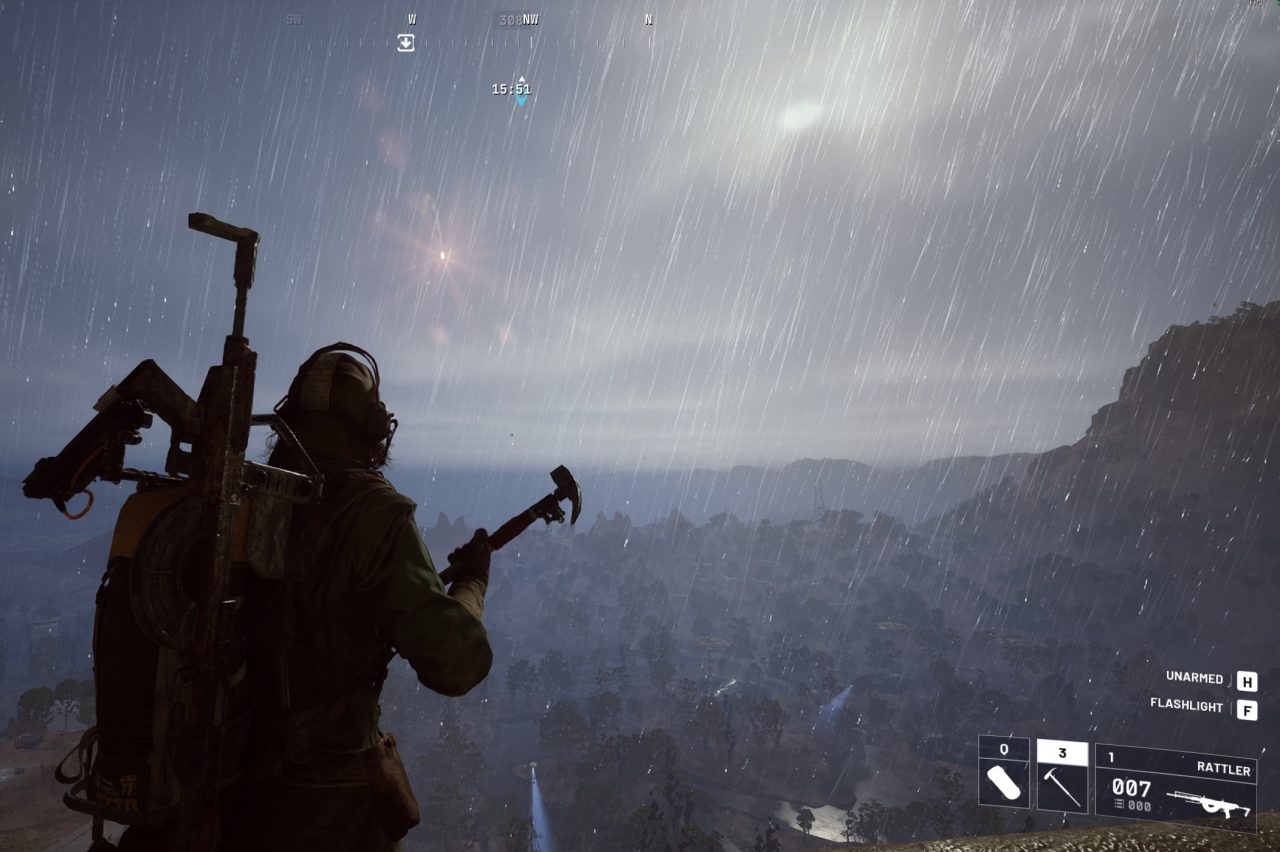
Arc raiders: Minimum PC Requirements
minimum requirements for Arc Raiders
Minimum
Processor
- Intel Core i5-6600K
- AMD Ryzen 5 1600
Graphics Card
- Nvidia GeForce GTX 1050 Ti
- AMD Radeon RX 580
- Intel Arc A380
System Memory (RAM)
12 GB
Storage
Around 33 GB
OS
64-bit Windows 10 or later
DirectX
Version 12
The minimum requirements for Arc Raiders on PC are straightforward and fairly forgiving (especially for a UE5 game): Windows 10 or later, an Intel Core i5-6600K or AMD Ryzen 5 1600 CPU, 12 GB of RAM, and a GPU at the GTX 1050 Ti / RX 580 / Arc A380 tier.
That’s an older quad-core Intel or a first-gen 6-core Ryzen baseline, 4-8 GB of VRAM depending on the graphics card, and a relatively small 33 GB install (size can depend on your PC, but this is still modest compared to other popular current games).
Listing AMD Radeon and Intel Arc alongside Nvidia at minimum signals the game is validated across all vendor driver stacks (including Arc, which is especially nice). Windows 10 support (despite Win10 end-of-life) keeps older rigs in play—this is logical, given that the minimum specs list almost 10-year-old hardware (but the game is still more CPU-bound, expected for UE5) and third of Steam users are still on Windows 10.
The 33 GB install size is unusually lean for a large online shooter, suggesting optimized asset compression and streaming. Add the modest CPU floor and entry GPUs, and you’re looking at a highly compatible, well-optimized game. This is fantastic for both extraction shooters and games on Unreal Engine 5.
In practice, this floor points to 1080p at low settings with careful expectations around 30 FPS. About 12 GB RAM—the game is essentially optimized for mid-range laptops from 2018 and earlier, when, due to the DRAM supercycle, trimmed memory options were popular.
Even though HDDs aren’t ruled out, installing on an SSD helps avoid asset-streaming hitches standard to UE5 titles, and keeping GPU drivers up to date will matter for stability (the game warns you if you need to update the driver).
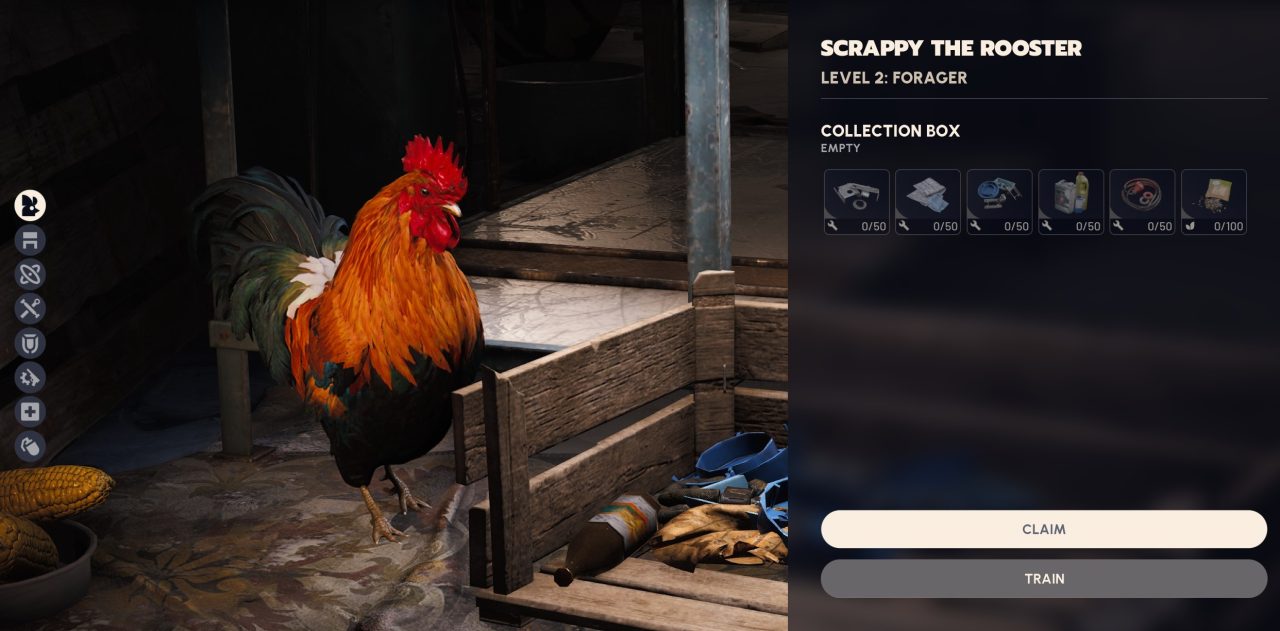
Arc raiders: recommended PC Requirements
recommended requirements for Arc Raiders
Recommended
Processor
- Intel Core i5-9600K
- AMD Ryzen 5 3600
Graphics Card
- Nvidia GeForce RTX 2070
- AMD Radeon RX 5700 XT
- Intel Arc B570
System Memory (RAM)
16 GB
Storage
Around 33 GB
OS
64-bit Windows 10 or later
DirectX
Version 12
At medium targets, the recommended hardware list: same 33 GB size and Windows 10 or later, a Core i5-9600K or Ryzen 5 3600, 16 GB RAM, and an RTX 2070 / RX 5700 XT / Arc B570-class GPU. A modern 6-core CPU baseline with a late-2019 mid-range graphics card.
This is still below expectations for the UE5 game and is accessible to most PC players, according to Steam’s hardware survey. Expect 1080p High at a steady 60 FPS and workable 1440p High with an upscaler. Pushing 120+ FPS will usually require dialing back a few heavier options. We will discuss this in the next chapter.
For a UE5 project, this is lean: a 6-core CPU, practically standard for gaming, 16 GB of system memory, and mid-range GPUs with 8 GB of VRAM. While this isn’t listed, SSDs at this level are kind of expected for game stability and short loading times.
Again, naming Nvidia, AMD, and Intel equivalents signals that the game is optimized for the full driver stack, and Windows 10 support signals that Windows 11-only CPU pipelines aren’t necessary to run the game.
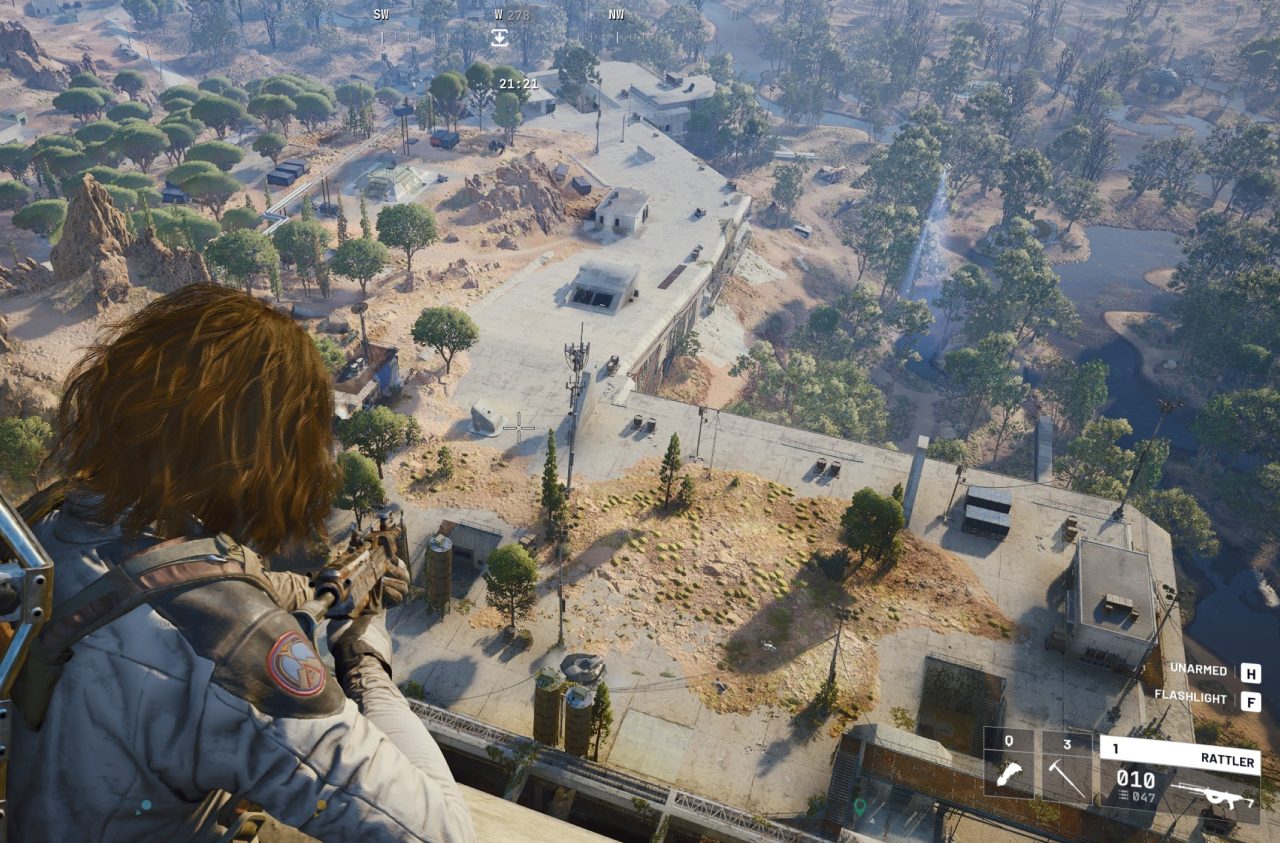
Arc Raiders settings
Display settings in Arc Raiders
Window Mode
Exclusive Fullscreen can cause ALT-TAB/VSync issues in UE5 DX12. Borderless/Windowed Fullscreen is usually smoother with overlays and VRR. Use Exclusive only if you need the lowest input latency and it’s stable on your setup (not relevant for Windows 11).
VSync
If you have G-Sync/FreeSync, leave VSync Off in-game and cap your FPS 2-3 frames below your monitor’s refresh rate. No VRR? Turn VSync On to prevent tearing, and cap FPS a few frames below refresh to keep input lag down and pacing smooth.
Nvidia Reflex Low Latency
Turn Reflex on; it shortens the render queue and usually makes it feel snappier at any framerate, beneficial for shooters. Use On + Boost when your GPU tends to downclock. If you enable DLSS Frame Generation, Reflex should be enabled.
Resolution Scaling & Anti-Aliasing in Arc Raiders
Upscaled Resolution
This slider changes the output (UI/post-process) resolution. If you’re using DLSS/FSR/XeSS/TSR, leave Upscaled Resolution at 100% and scale only with the upscaler to avoid double-scaling blur. If you’re not using an upscaler, 85-90% is a good range to get a few extra frames with minimal softening.
Resolution Scaling Method
- DLSS (Nvidia GPUs only): best mix of clarity/performance on GeForce.
- FSR: universal; quality varies by implementation.
- XeSS: good on Arc; decent on others.
- TRS: built-in upscaler from Unreal; same as FRS, quality varies.
Upscaler Quality Mode
- Quality (~0.67 scale): best image, mild FPS gain; ideal at 1440p.
- Balanced (~0.59): bigger FPS boost, slight sharpness loss; good for older and budget hardware.
- Performance (~0.5): use for 4K or entry-level GPUs.
DLSS Frame Generation (RTX 40- and 50-series GPUs only)
Only use for achieving 144+ FPS on 4K.
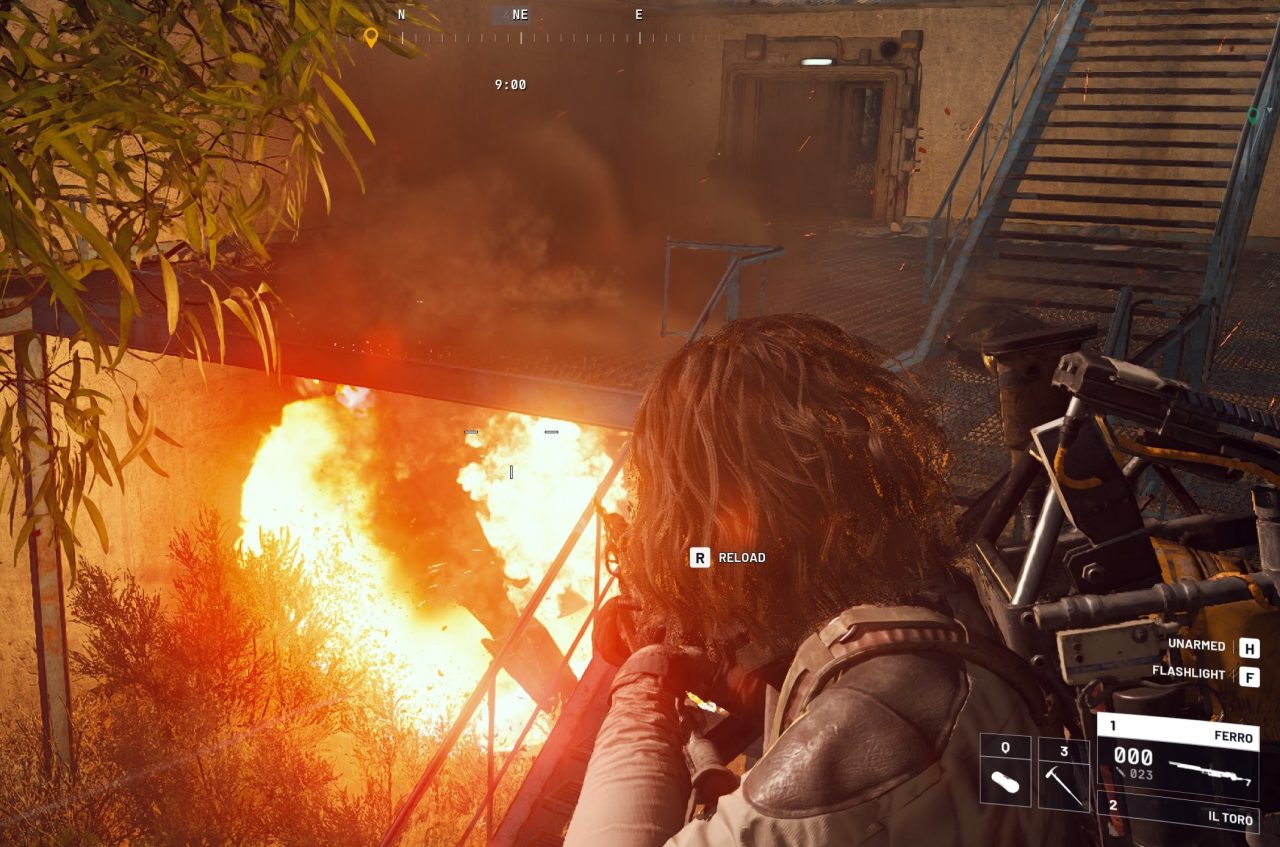
General graphics settings in Arc Raiders
Field of View
Whatever suits you. A wider FOV renders a wider scene and provides better awareness, while a smaller FOV helps with precise shooting. An FOV above standard can significantly change GPU load.
Motion Blur
Purely aesthetic (to hide render imperfections); disable for clarity and lower post-process cost.
Ray Tracing (RTX Global Illumination)
Set Static at first. If the game runs perfectly and doesn’t push your GPU to its limit, you can experiment with this setting later.
Graphics quality settings in Arc Raiders
Overall Quality Level
A master preset. Start with Medium or High, then tune the settings below.
View Distance
CPU + GPU + texture streaming. Controls how far objects/LOD/lighting are evaluated. Big open areas make this setting expensive. Medium is the best value; push to High only if pop-in bothers you and you have headroom.
Anti-Aliasing
Post-processing. Affects TAA quality/sharpening when not using an upscaler. With DLSS/FSR/XeSS active, you should push Anti-Aliasing higher.
Shadows
Heavy GPU settings. Resolution/cascades/contact shadows. Drop to Medium for sizeable gains with modest visual loss. Low can cause lurchy shadow transitions.
Post-Processing
Covers bloom, depth of field, ambient occlusion, film grain, and CA. Medium is clean; turn off only the sub-effects that bother you if the game exposes them. Turning the whole block to Low is an easy way to get a few extra frames.
Texture
VRAM-bound settings. Doesn’t affect FPS if you stay within the VRAM budget; High for modern 8 GB GPUs is totally fine. Also, if you used an HDD, tune to Low.
Effects
GPU-bound setting. Particles/explosions/weather. Medium for stability, Low if you get FPS dips during heavy effects.
Reflections
Extremely GPU-heavy. SSR is costly and noisy at low internal resolutions. Keep at Low or Medium; Low if using Performance upscaling modes.
Foliage
GPU + CPU + memory. Vegetation density and LOD. Medium is usually the sweet spot for modern mid-range systems. Low for competitive clarity and fewer shader swaps.
Global Illumination Resolution
GPU/texture streaming. Controls GI probe/voxel/card detail (implementation-dependent). Medium balances quality with traversal stability. Lower it if you notice dips in FPS when turning quickly.
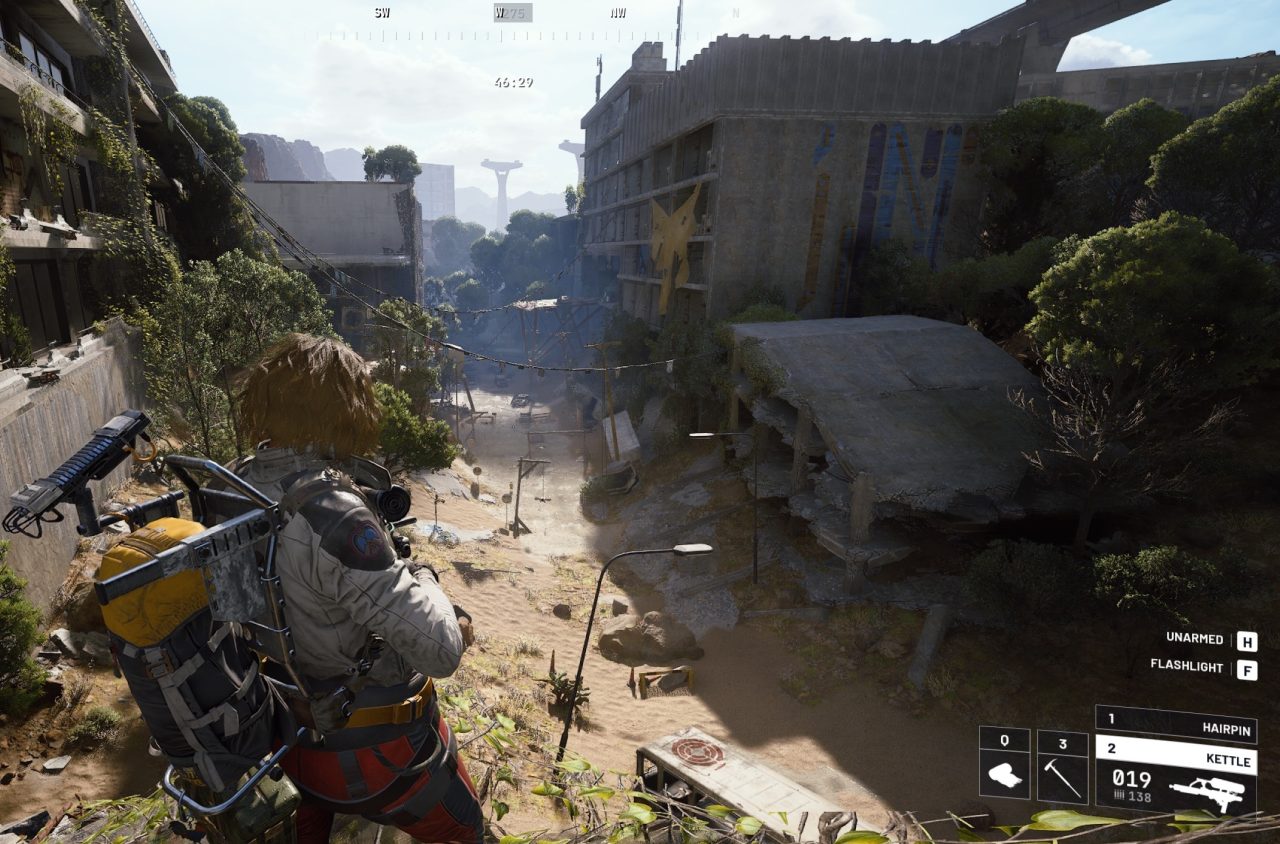
Best Arc Raiders Settings for FPS and image clarity
This preset is for stable FPS and a good picture, suited for lower-mid-range builds. Use DLSS or FSR at Quality and keep Upscaled Resolution at 100%; VSync Off if you have G-Sync/FreeSync; Nvidia Reflex should be On, and cap FPS a few frames below your refresh rate.
- Nvidia RTX Global Illumination: Static.
- View Distance: Epic.
- Anti-Aliasing: Epic.
- Shadows: Low.
- Post-Processing: Medium.
- Texture: High.
- Effects: Medium.
- Reflections: Low.
- Foliage: Low.
- Global Illumination Resolution: Medium.
If VRAM is under 8 GB, drop Texture to Medium; if the CPU reaches 100% load and Arc Raiders stutters, move View Distance to High before cutting other settings.
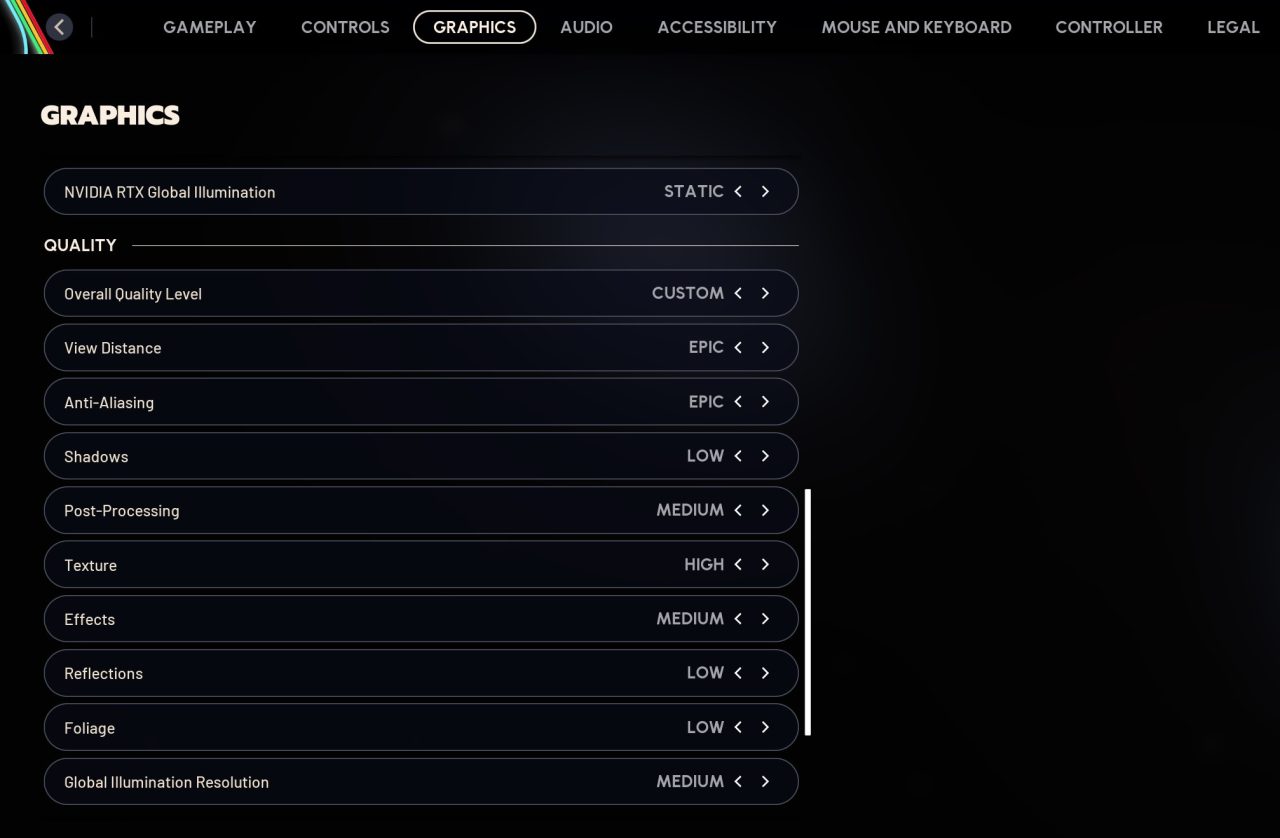
How to fix Arc Raiders stuttering
The most resource-heavy settings in UE5 are texture resolution and lighting/shadow quality. Switch an upscaler (DLSS/FSR/XeSS) to Balanced if issues occur with the previous preset before changing anything else, while still keeping “Upscaled Resolution” at 100% to avoid double-scaling blur.
If you enabled Ray Tracing, switch it back to Static. Shadows are the next big sink, so it’s sensible to drop to Low. Reflections are also costly; switch to Low if you had it set to Medium or High before. Leave motion blur off for clarity; it doesn’t save many frames, but it removes the smear that makes low internal resolutions look worse.
The next tier of settings is about headroom and stability. Textures are VRAM-bound: keep them as high as your card’s memory allows, but step down a notch if you see streaming hitches; install the game on an SSD to keep texture pulls smooth.
View Distance and Foliage affect both GPU and CPU. If you had Foliage set to anything other than Low, switch it to Low. While keeping View Distance at Epic is good for Arc Raiders gameplay, if you start seeing 100% CPU load and stuttering, turn it down a tier and see how it affects the problem.
Post-processing can sit at Medium without gutting image quality and having a significant impact on hardware, but you can switch it to Low to save a few frames, too. Cap FPS a few frames below your display’s refresh rate for steady frametimes. Use Reflex On; having better input latency is always useful in extraction shooters such as Arc Raiders.
Also, please, update your GPU driver.
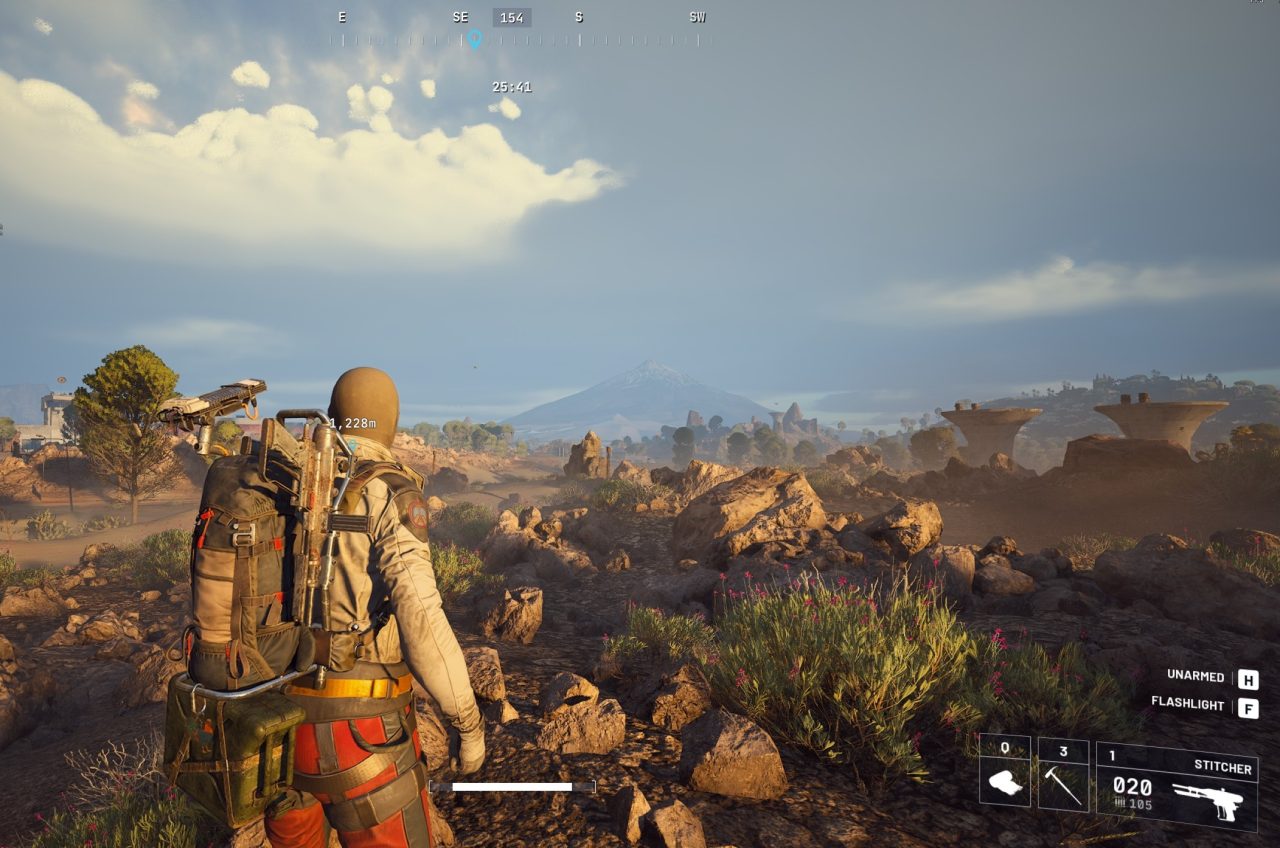
About Arc Raiders
Arc Raiders is a third-person PvPvE extraction shooter from Embark Studios (the team behind The Finals and Battlefield veterans) that launched globally on October 30, 2025, for Windows PC (Steam and Epic Games Store), PlayStation 5, and Xbox Series X|S.
It’s sold at $39.99 for the standard edition and $59.99 for the deluxe, and hit 154,731 concurrent Steam players in its first three hours. Unusual both for extraction shooters and for games on Unreal Engine 5, Arc Raiders has perfect optimization.
Pre-launch interest was intense, and the October 17-19 Server Slam peaked at 189,668 concurrent players on Steam. The studio also picked up free visibility when “Arc Raiders” was briefly censored in Call of Duty: Black Ops 7 beta chat, which Embark turned into a successful viral promotion.
Embark has framed progression around an optional wipe system called the Expedition Project: seasonal, prestige-style resets you trigger yourself; cosmetics and account entitlements persist between cycles.
